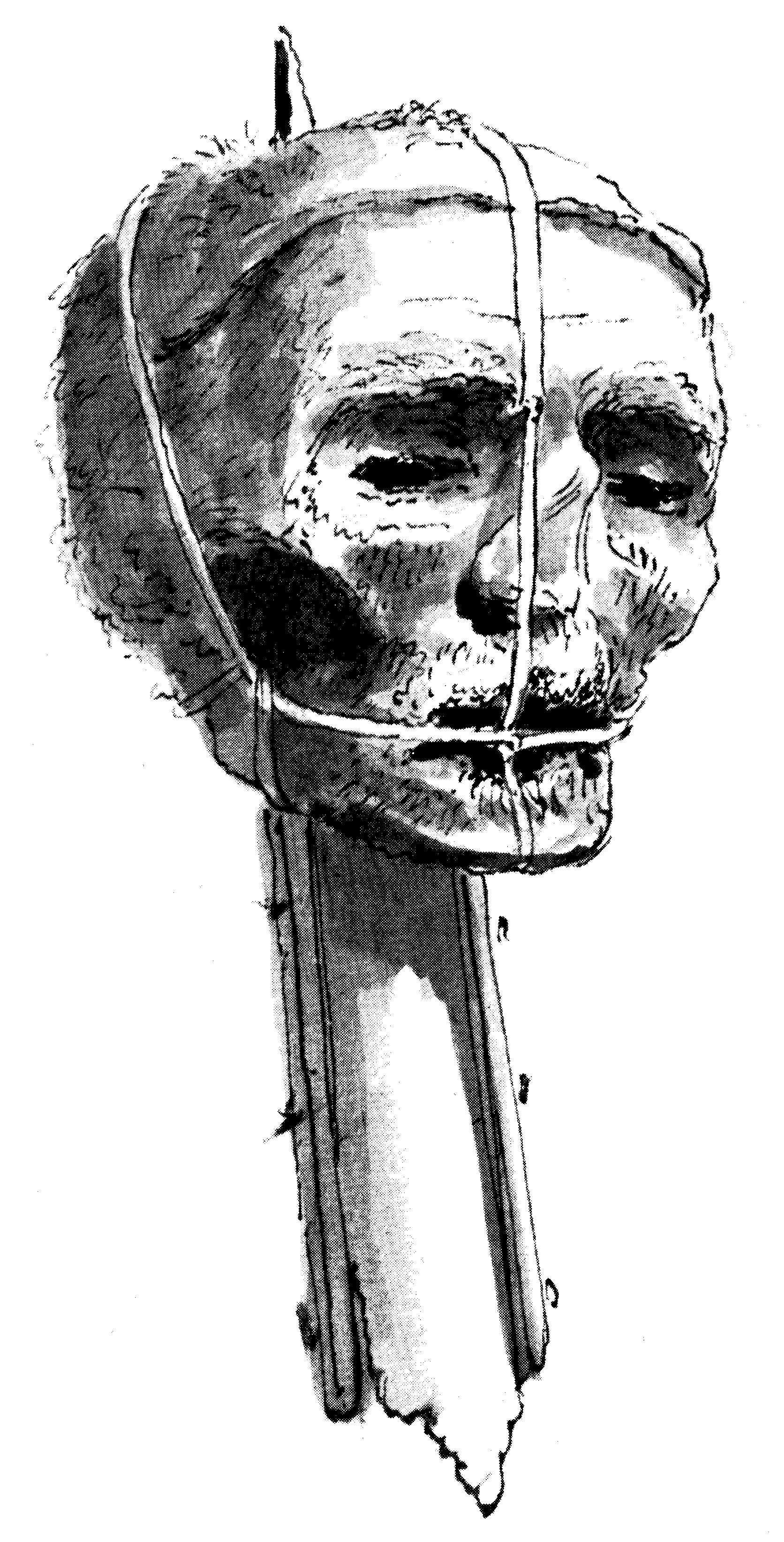by Andrew Flake
I recently had a chance to serve, with some very distinguished colleagues, on a GAR Live panel. Along with our audience at the 10th Annual AtlAS conference, we assessed and discussed some intriguing scenarios involving arbitrator challenges. While fictional, the scenarios were all based on real-world experiences of the panel and posed this question to participants: If you were counsel, would you challenge, and thereby seek to remove, the arbitrator?
After reviewing each scenario and posing this question, GAR took a live poll of all initial participant responses. Our moderator, the estimable Prof. Janet Walker, then spiced the scenario up with new facts, each of which made even thornier the already thorny issues about whether to issue an arbitral challenge.
To frame it a bit, consider this quote, sometimes attributed to Oliver Cromwell, presumably because he was the one who signed the order to behead Charles I: “When you strike at a king, you must kill him.” Fairly often used in the context of arbitral or judicial disqualification, the general implication is that an arbitral challenge is a serious matter, with serious implications, that should be based on serious grounds. In other words, it is not a step to be taken lightly.
I agree with those sentiments as far as they go, although, as our GAR Live discussion brought out, there is a tremendous amount of nuance to the issue of arbitrator challenges, the through process that leads up to them, and how the subject matter can be raised and addressed.
More than half of the fun at a GAR Live event is the real-time discussion and give-and-take among the panel, but for those who weren’t there, I’ll summarize the scenarios and then provide some quick thematic takeaways. As you review these, think about what you’d do as counsel for the party considering whether to challenge.
The first situation was not unlike Halliburton, assuming that you discover one arbitrator on a three-member panel has not disclosed relevant past or ongoing service in another proceeding. The question was: Would you, as Claimant’s counsel in an ICSID (country-investor) proceeding, challenge Co-Arbitrator X, who was nominated by Respondent Country A?”
The permutation was that Country A, also a Respondent in another ongoing ISDS arbitration, has nominated Co-Arbitrator X in both arbitrations.
The second situation involved conduct by the other side that made one member of the panel feel “threatened.” The question was: “Co-Arbitrator Y, who you nominated as Respondent’s counsel, is feeling threatened in relation to his/her personal safety. What should you do?” Permutations included that claimant in the proceeding has a “sinister” reputation; that you learn of Co-Arbitrator Y’s concerns, not from the arbitrator herself, but through a colleague, who notes that if the reputation is well-deserved, Co-Arbitrator Y will resign; and that the jurisdiction or locality involved is known for having “rough characters.”
The third and last scenario involved learning during the course of an arbitration about a past and undisclosed relationship between one arbitrator and the Chair of the panel. Additional facts included that the chair was once a partner in the law firm of Claimant’s counsel and then, more sensationally, that “their relationship was not merely professional.”
Some themes that emerged from our conversation about each of these included the following:
- The calls on a challenge can be close, and the colors, quite grey. Except in instances of clear bias or other direct evidence of a material or statutory ground for disqualification, these calls are rarely susceptible to a clean and clear decision, and certainly not to a “one-sized” approach. Rather, as part of an informed judgment by counsel and client that take account of all of the case dynamics, there are some fairly universal considerations and often some process steps, short of a challenge, to gather more information and better evaluate, if not ameliorate or fully resolve, the concerns. One notable consideration is that jurisdictional differences exist, impacting both counsel’s and the arbitrator’s perceptions of conflict and disclosure issues. In the U.S., for example, as counsel, we have a very sensitive radar for potential conflicts, and as arbitrators, we will disclose in a meticulous level of detail that some of our foreign colleagues might not expect. As a practical tool, then, going into an international arbitration, U.S. counsel is well-advised to think through those jurisdictional dynamics, and to review or reread the IBA’s conflict guidelines.
- The administering institution can be a resource. The first channel raise concerns may not be the panel; it may instead be to the administering institution, which generally will have both rules-based and informal options to address concerns. The ICC, for example, provides for a formal challenge process that begins with communication, not later than 30 days after discovery of the information giving rise to a challenge. Under ICDR’s process, which I tend to view as more flexible, counsel can raise the concern with the Administrator, who can then decide first to gather more information.
- Obtaining more information is an option. Amplifying this point, if there is uncertainty — for example, if the information you have has not been verified, or if its impact is unclear, you can frame the issue, not as a direct challenge, but as an inquiry preliminary to a challenge. That will permits the arbitrator to address the concern and, depending on the response, potentially put counsel at better ease with proceeding or perhaps dispel concern entirely. Here is also an instance in which the limitations of the “strike at the king” quote are evident: even if there is ultimately no basis for the concern, a concerned and diligent arbitrator is not going to take offense, and may well appreciative of the opportunity to offer clarification.
This summary does not do our discuss at GAR Live full justice, but I do hope it is helpful.
And I can’t conclude without two brief codas, one historical and the second, even with more than three hundred years of hindsight, a bit grisly. First, some Internet sleuthing revealed that the “strike at the king” quote is actually Emerson’s, not Cromwell’s. How it came about is a great story in itself.
But secondly, while Cromwell certainly struck at and did kill the king, did he really have the last word? Following Cromwell’s death, he lay buried in Westminster Abbey, until the restoration of the Stuart monarchy. At that point, it seems clear, Charles II was not willing to let bygones be bygones: he had Cromwell exhumed, dragged through the street in an open coffin, then hanged, then beheaded, and then, for extra good measure, had his head placed on a lengthy spike and mounted atop Westminster Hall as a grim reminder to all of London.
Strike at the king, indeed.

